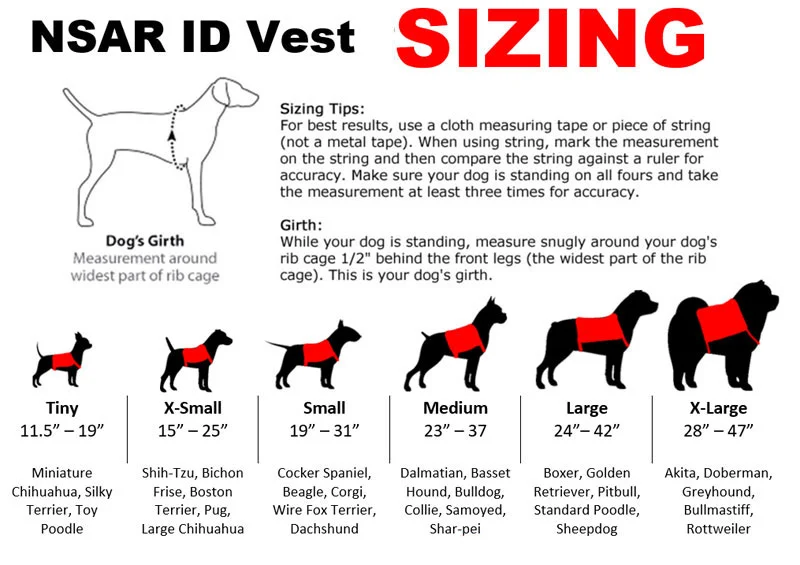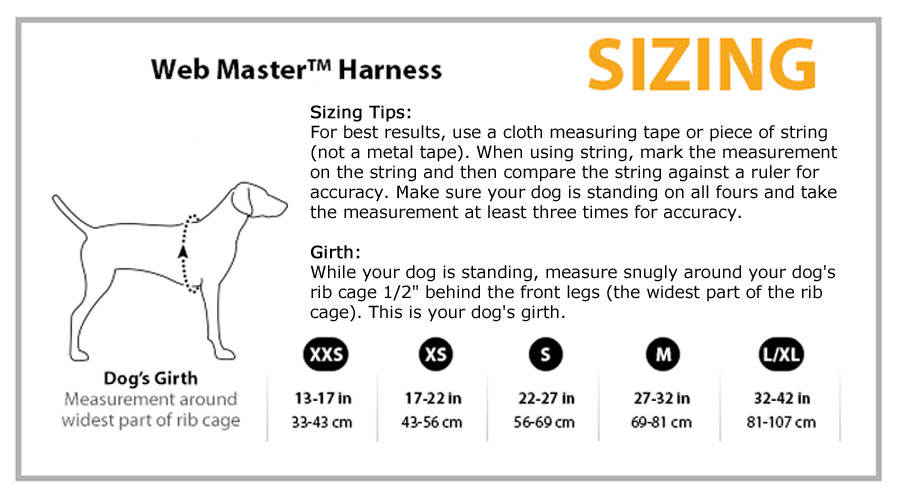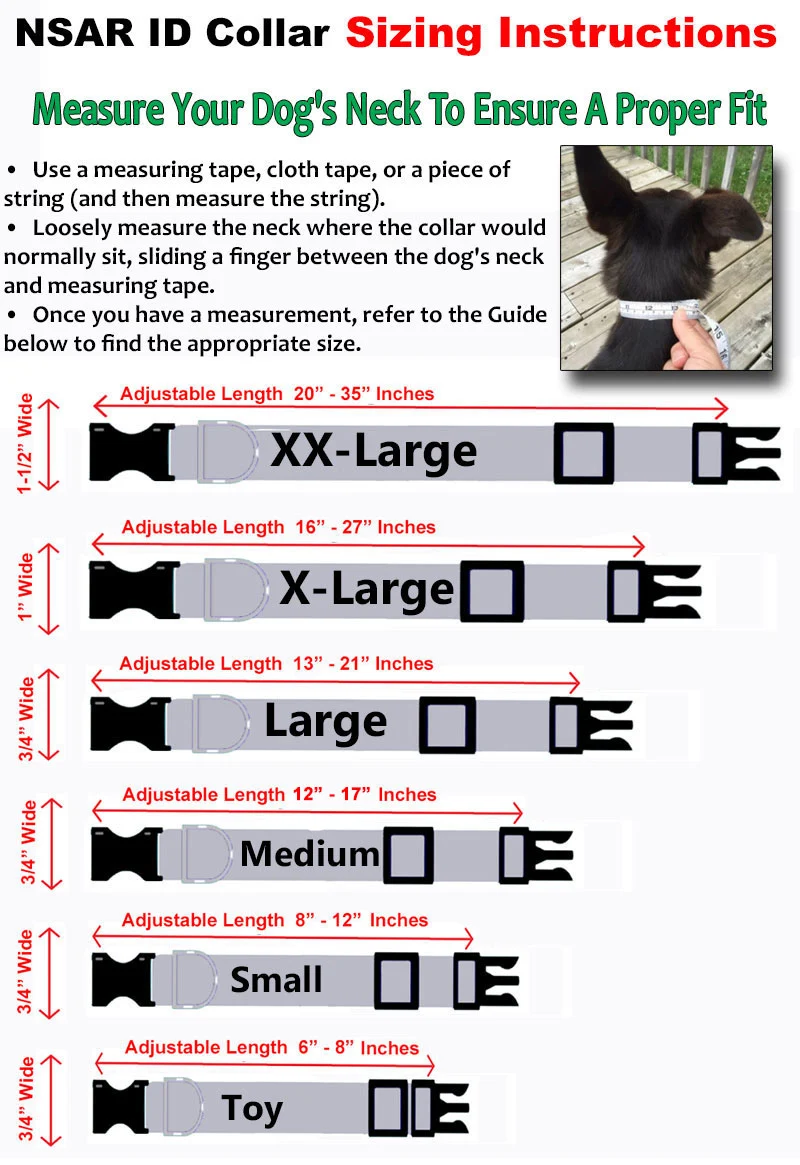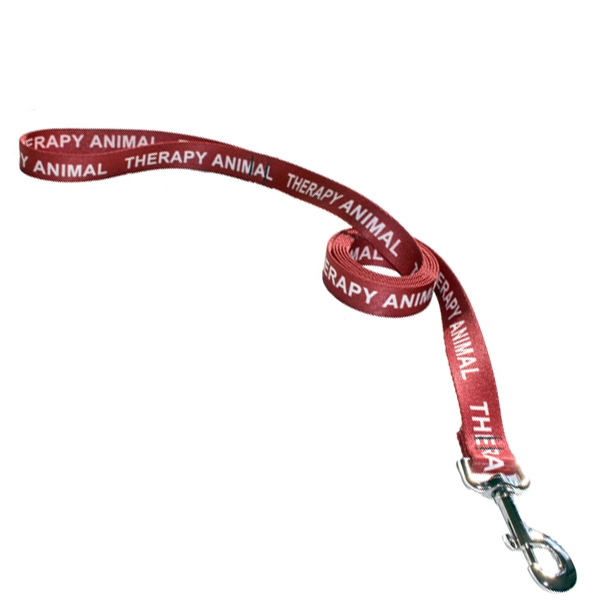
So, you’re bringing your sweet, new dog home to the den and you’ve already read up on how to welcome him into the pack with ease and grace in Part 1 of this series. But what if your unique pack includes a member of the feline variety? Introducing your new ESA to an established cat is another thing altogether and can be fraught with tremendous challenges if the two of them aren’t disposed to be friendly with each other. In ancient times, cats were worshipped as gods; they have not forgotten this.
Ideally, you want your special pack to be tight-knit and well-bonded, for the obvious fact that it’s simply a better way to live. Luckily, there are certain strategies you may employ to help your beloved cat and your new service dog/emotional support dog (or just dog) adjust to each other, leading to a happy family all around.
Can Dogs and Cats Really Be Friends?
Long considered quintessential enemies, cats and dogs are often comically portrayed as each other’s arch nemesis. Perhaps it is this ingrained meme that makes the reality of dog-cat friendships so insanely cute. Indeed, it is not uncommon for these animals to be quite affectionate with each other: nuzzling, playing and sleeping in a cuddle puddle.
It’s wonderful to witness the bond that can develop between a hound and a feline, and a joy to see what pleasure and companionship they bring to their relationship. There can also be an extra benefit: Your emotional support dog/service dog and your Purrs-a-Lot will entertain each other, so you don’t have to be always on duty!
Even if your cat and new dog don’t become the best of friends (you can’t force personality and chemistry, even with animals), they can at least be taught to respect one another and live in a general state of peace. There is nothing more tiresome than having to break up frequent fights or, even worse, being forever on the alert for the safety of your cat.
While it’s true they can be the best of friends, it’s also true that they still need time to get acquainted initially. In the beginning, some tension is inevitable. Naturally territorial, a resident cat will likely feel threatened by the arrival of any new animal, particularly that curious, slobbering oaf of a dog, who is likely insensitive about his invasion of Kitty’s personal space. There is bound to be some hissing and general unpleasantness.
The unpleasantness will, of course, be compounded if there is an actual physical threat to the safety of the cat from the emotional support dog. In some cases, the dog is the one who is threatened!
It is therefore advisable to facilitate an introduction that allows for a minimum of stress and predisposes the animals to recognize the other as family, thus setting the stage for a healthy relationship between the sweet beasts of your heart and home.
Match-Maker
Some cats and emotional support dogs/service dogs are more naturally disposed to be friends and need very little in the way of assistance to move through the tense acquaintance phase, becoming quick friends on their own. Others may not reach that place so quickly – if at all. It’s all a matter of personality, age, prior experience, temperament, and inclination. All factors in the relationship equation.
Take prior experience, for example: Has the dog or cat ever been emotionally close to an animal of the other species before, or is this their first opportunity? A cat that is familiar with dogs will likely have an easier time adjusting to this new dog, while a cat with no prior experience will take longer to “break in.”
Age is another factor. An old cat may be cranky and less inclined to become buddies with a young and energetic emotional support dog. The cat may even attack the hound, or at best, ignore it, with an occasional hiss and swipe to put the dog in its place. However, an old cat and an old service dog may match one another’s energy perfectly.
The main thing is to be sensitive to both animals’ personalities and needs. Consider how their energy levels match-a hyper cat and a rowdy dog may have great fun expending energy together, while a shy, quiet cat, may be overwhelmed by a boisterous emotional support dog.
While it’s normal to have tension, along with some growling, hissing, and over-excitement in the beginning, is this something that seems likely to go away in time, and with training? You’ll have to be the judge.
Step by Step:
As always, the key to easing a service dog, emotional support dog, or any animal through a transition is to do it slowly and one step at a time. Here’s a list of the steps to help introduce a new dog to the resident kitty. Use all the steps, or pick and choose, based on the personality of the animals involved, and how you observe them respond to each other.
1. Create Individual Clearly Defined Spaces.
It’s a good idea to begin by making sure both your service dog/emotional support dog and your cat have their own, separate safe zones. If possible, keep the cat’s space, along with all the kitty stuff (kitty litter, toys, food, and water, etc.) remains in its current location, unless the new dog will necessitate a change. Any space changes should be performed before your dog arrives. This enables your cat to get used to things. You can, of course, block off a portion of the house where the dog will initially be restricted to. The important thing is to limit and protect the cat’s private space.
Allowing the dog to sniff and investigate the cat’s space while the cat is in another room or outside (and vice versa) will remove some of the dog’s drive to explore. Let’s face it: The cat’s gonna do what the cat wants to do – when the cat wants to do it!
2. Smell Exchange
If possible, it’s ideal to introduce the animals to one another’s smell, even before bringing your new support dog home. Both cats and dogs have incredible noses with acute senses of smell and if given the chance to become familiar with a particular odor, the less offensive and threatening it will be for the cat, or exciting and stimulating, for the service dog. This, in turn, will create a greater openness to knowing one another upon initial meeting.
You can let them get a whiff of each other by “swapping smells,” or giving each animal a towel or old t-shirt to sleep with and then switching the now odor-drenched textiles so doggie is sleeping with meow-meow’s scent and vice versa.
If it is not possible to introduce smells ahead of the move-in date, no worries. You can implement the same technique once your new dog is in the house, but still segregated in a different room or area than the cat. You can even just swap their bedding.
3. Opposite Side of the Door Feedings
An old trick: feed the kitty and your emotional support dog at the same time, but on opposite sides of a door. They will be able to smell, hear and sense one another, but without the threat or overstimulation of actually seeing one another. Additionally, the food will help them come to associate the smell and sound of the other with something wonderful and delicious!
4. Observe Each Other Through a Gate
Now it’s time to “lift the curtain”, so to speak. Let your dog see the cat through a pet gate. You may want to keep the dog on a leash during this phase, even though they are separated, for training purposes.
Allow them to observe each other, and as they do, observe your emotional support dog. How is he behaving? If he remains obsessively fixated on the cat, lunging, and barking, digging at the barrier and staring at her intently for more than a few days, you may have an aggressive dog on your hands. If so, that require a few other precautions (see below).
Before moving on to the next step, it’s a good idea to see if the emotional support dog and cat are relatively at ease in each other’s presence. They should be able to ignore the other and show relaxed body language.
5. Leashed Face-to-Face
Now that the animals have become pretty familiar with one another and are showing more comfort, remove the gate. Let both animals inhabit the same space, but keep your new dog on a leash, to be safe. Again, stay at this step until both animals seem calm around one another.
6. Grand Finale! Off-leash Hang Time
It’s finally time to let the animals be in a room together with total freedom. They should be adjusted to one another at this point, but you’ll still want to chaperone the first few off-leash meetings or until you feel comfortable. Just use your best judgment and observe body language. You should notice any agitation or aggression.
If the cat is an outdoor cat, it’s a good idea to test the animals together outside as well. Sometimes a different environment, like being out of doors, can alter the behavior of an dog who has become used to the rules inside the house, but isn’t so sure what the rules are in the “wild” where a cat might otherwise be fair game. Better to chaperone out there too, and make sure all is well between the animal kingdoms before letting them run loose together.
Aggressive Dogs
Hopefully, your emotional support/service dog will easily habituate to the cat. Some dogs, however, have very strong predatory instincts, and if this is the case with your pooch, you’ll have to do some extra training to facilitate a respectful relationship between your pooch and your kitty.
Strong predator instinct can be recognized by specific body language and behavior: if the dog displays excessive growling, barking, or maintains a fixed stare at the cat, he is treating her more like prey, than as a member of his family. He might repeatedly jump at the cat or be generally obsessed with this other critter.
Specific training techniques to guide an aggressive dog include refocusing their attention. If your dog is fixated on the cat, pull his attention away by saying his name and getting him to look at you. Once he does look at you, offer him a treat. Repeat until the dog learns there is more reward in not being overly obsessed with the cat.
If you are having difficulty finding success, and your emotional support dog is absorbed by your cat in an aggressive way, it may be time to seek professional help.
Occasionally, a dog just is not suited to a cat (or vice versa). If you’ve given it time and patience, but the dog continues to act aggressively to the cat, it may not be a good fit. You’ll need to decide what your options are at that point.
Kittens and Your New Dog
Kittens are especially vulnerable, and even an emotional support dog who has previous cat buddies and is decidedly not a cat chaser, may see a sweet little kitten as a toy. The dog may play too rough and wind up injuring the kitten. If the kitten is a bit older and quite playful, its erratic moves can encourage a dog to play too roughly.
To avoid this sort of trauma, it’s a good idea to chaperone the meetings between these creatures. A kitten will not be territorial and may not even have developed an appropriate fear of dogs. So, in this case, it is really important to protect the little thing.
When you aren’t on patrol but want the animals to be around one another, you can keep the kitten in a big crate, so the emotional support dog can see, but not touch.
Conclusion
Hopefully, by now your cat and dog are well on the way to becoming friends. Just remember to make sure you give both your dog and your cat a lot of love and attention. It can be easy in the excitement of having a new emotional support dog to give less attention to your resident feline. Cats need a lot of reassurance, however, and your cat will benefit to understand he/she still has an important place in your heart. Giving her plenty of attention will help minimize jealousy and ill will toward her new dog friend.
Also, the more the emotional support dog sees you being affectionate with the cat, the more he’ll understand the cat is a special friend – and vice versa. Let them witness the other as family through your behavior.
And, as always, exercise patience. Sometimes, it takes a little time for a new dog and cat to become totally at ease in each other’s’ company, let alone build a familial relationship. Give it time; it will be worth it! Before long, you’ll be enjoying being at the head of a cohesive, multi-species pack!
Good Luck!


























